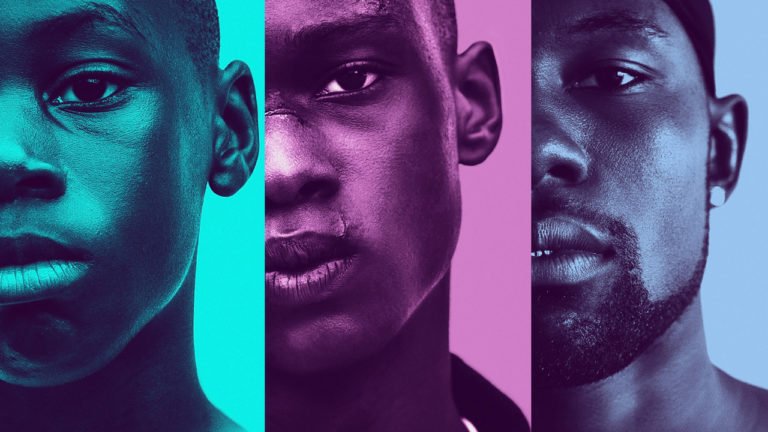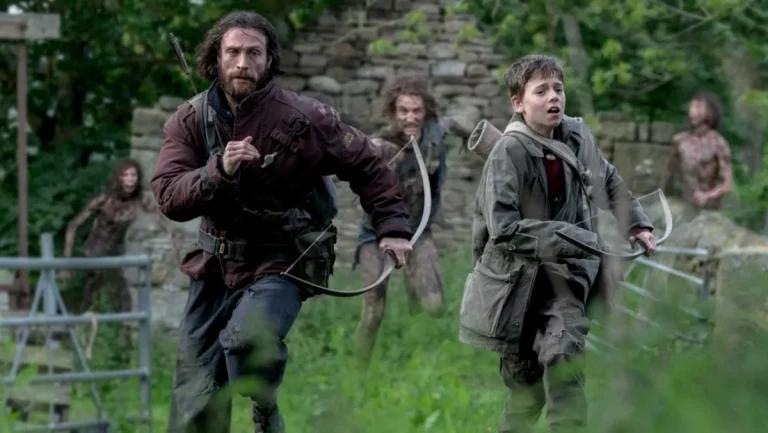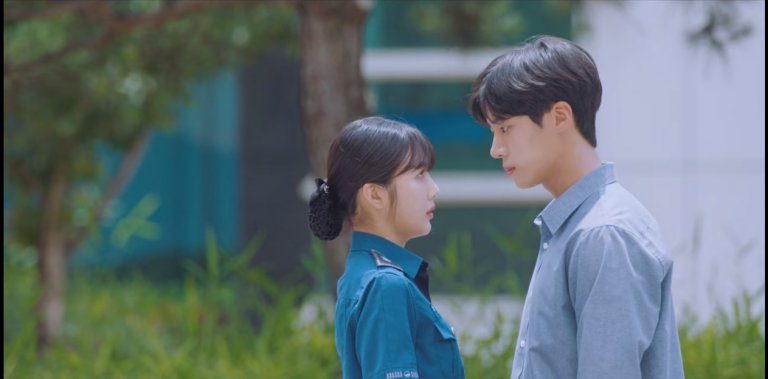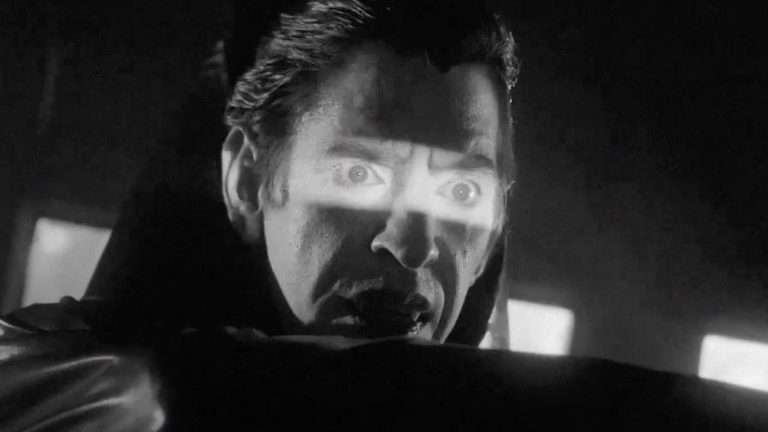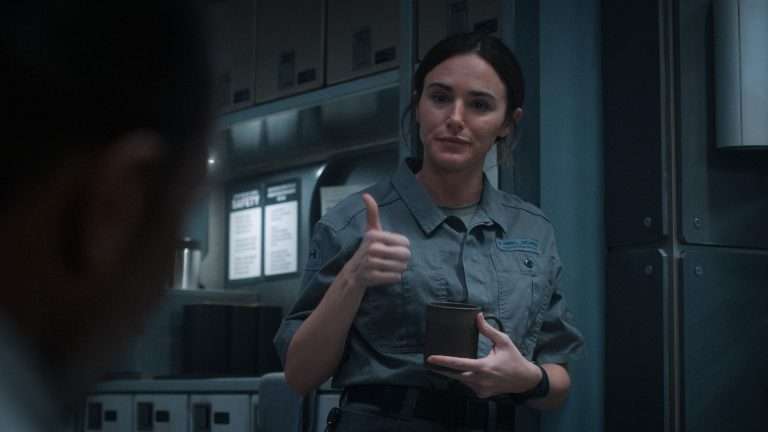Blueback (2023): ‘Sundance’ Review – At a time when climate activism penetrated the mainstream conversation and world of global politics, it became inevitable for the same to be echoed through the conventional lens of cinema.
2020’s Oscar-winning documentary “My Octopus Teacher” provided the audience with an insight into the vast openness of the ecological ocean. The gentle drama used beautiful imagery for aesthetic purposes and to build an empathetic narrative that made us aware of the impending ecological disaster.
There are notes from that film seen very evidently in Australia’s latest film to open at Sundance this year – director Robert Connolly’s second feature film, “Blueback.” Set on Australia’s immensely diverse west coast around a warm and fictitious community, the movie revolves around a young protagonist named Abby. She develops the titular friendship in the young years of her life with a wild blue groper underneath the ocean blues.
As they say, it’s inevitable to shake off these deeply personal bonds one makes in childhood. After naming the groper ‘blueback,’ Abby grows up to become a marine biologist. She reminisces about her time spent by the reef growing up but doesn’t merely sit on those memories that shaped her.
The dynamic of Abby’s relationship with her mother, Dora (played by Radha Mitchell), is equally crucial to her emotional conditioning. The driving factor behind her returning, in fact, arrives with her mother’s sudden stroke. Thus, through its central mother-daughter dynamic, the movie swings between their past and present lives by portraying two generations of women who have devoted their lives to protecting the world’s oceans. And in doing so, they save themselves.
“Blueback” marks Robert Connolly’s first film since “The Dry,” and it’s even more well-realized on screen despite being a very wet family drama – a genre that has seen many mishaps in recent times. Adapted from author Tim Winton’s book of the same name, the movie does feel a lot more episodic and breezy in terms of its overall pace.
We, humans, tend to look at a time with an extremely narrow outlook, immediately sensationalizing the events around us by giving too much credit to the changes we see around us. The decision to set the film in two different periods gives us a better grasp and insight into how things have progressed for climate and ocean activists over the years.
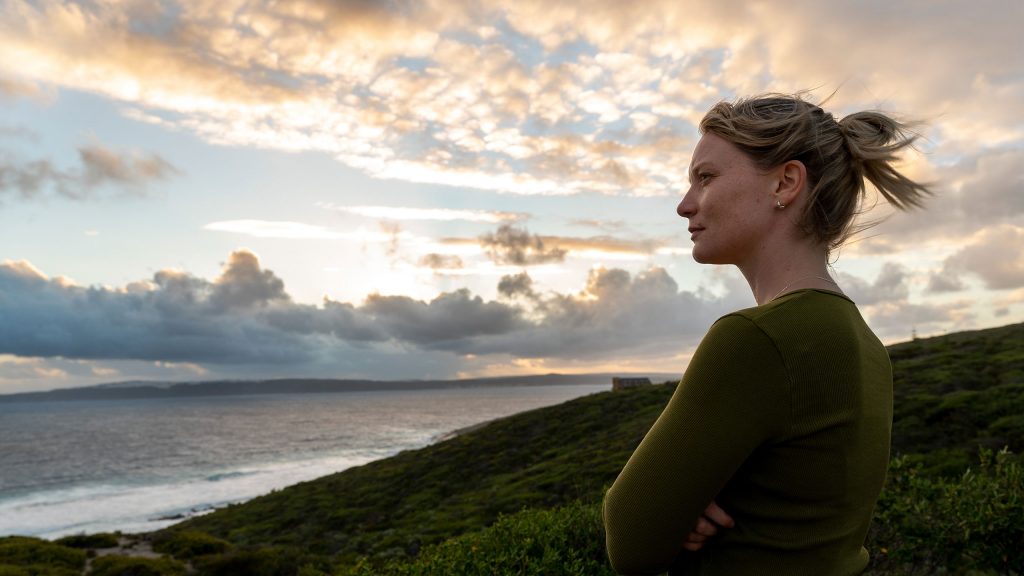
What was it like for activists to constantly fight for the betterment of our ecosystem when they didn’t have smartphones or social media to document it all in real-time? When we see Abby grow up along the West coast, gradually learning about the sea as a home and a place of miraculous beauty, to her becoming a fully grown and confident marine biologist, it speaks to our most instinctive emotions.
Having a young girl protagonist, as opposed to a boy in the book, can be viewed as a bit emotionally manipulative. But that’s how most of the film unfolds. However, it’s all done with enough honesty and grace that the choice reinforces the shared matriarchal theme of our planet even more.
Connolly juggles the story between three versions of Abby, which means three different actresses – Ariel Donoghue, Ilsa Fogg, and Mia Wasikowska – play the same character. While each performance effectively carries on the responsibility of having to live for a noble cause, it’s all structured with enough elegance to make the temporal and spatial jumps feel less jarring.
It’s all elevated by Nigel Westlake’s orchestral score, which, while devious at times, is ruminative enough to evoke a sense of place. Andrew Commis’s cinematography, on the other hand, makes you long for a place lost in time or perhaps one that is too valuable to lose.
At the same time, this is also the sort of movie where the protagonist very matter-of-factly addresses a marine creature saying, “Your home is dying, and I don’t know how to help.” In moments like those, the movie reduces itself to just an environmentalist statement that settles for easy dramatics. However, the increasingly perilous state of our oceans, which the film addresses in its conventional yet effective final act, allows those over-the-top scenes to work to some extent.
The apparent parallels will also inevitably remind viewers of one of the biggest recent blockbuster hits, “Avatar: The Way of Water.” While James Cameron’s billion-dollar epic evoked the climate’s impending catastrophic doom by painting a larger world of heroes and villains, “Blueback” does the same with its minimalist setting and humanist coming-of-age tale.
That’s what makes the latter feel more grounded and even more earnest, as it doesn’t need to masquerade under a big studio banner to put its key message out there. It’s fascinating to note that both movies use fully evolved aquatic creatures as the final plot point in their third acts, even if the destructive forces of commerce fulfill the same thematic and narrative purpose. But with a runtime of 102 minutes, “Blueback” ensures that its message is heard earnestly.

